$399
4 stars
Well, knock me down with a feather. For the past year I’ve mostly been avoiding playing my vinyl collection, because… well… the sound I was getting either through my Rotel preamp just lacked that special audio aroma that should be characteristic of the medium. You know, that pungent, deep sound that’s like a warm bath. Connecting up my Pro-Ject Phono Box II made for a substantial improvement in the overall sound, but still didn’t quite tickle my fancy.
This is where the feather comes in: for the past couple of months (thanks PQ Imports) I’ve been rubbing myself raw in an analogue bubble bath, courtesy of Graham Slee’s Gram Amp 2 (Communicator II), soaking in a selection of old vinyl, some of which hasn’t had a needle etch through its grooves since the 1970s. Really! 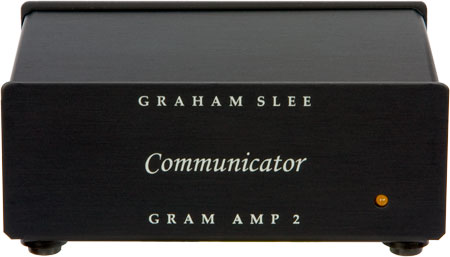
Okay, so if I needed a fixer I could have upgraded my turntable, or upgraded my cartridge, or moved away from Rotel – with its somewhat infamous harshness – as my choice of preamp. I could have upgraded my interconnects, or even bypassed the digital amp that powers my speakers. In all probability, however, each one of these maneouvres would have cost more than the outlay required for the Gram Amp 2.
The Gram Amp 2 is a phono preamp that’s already a legend in its own lunchtime, and the latest version cements its reputation for having truly transformational abilities. From what I can glean (and not having heard the original version) this one is pretty much the same, apart from having a bigger circuit board and a more handsome enclosure. I’m told the original looked plasticky, whereas this one is wrapped in black anodized steel.
The uninitiated might think that $399 is a big price for such a diminutive form factor, but the Gram Amp 2 is justly famous for providing incredible bang for buck, coming in at a tiny proportion of high end phono preamps, yet boasting the kind of sound quality that most spenders on a budget can usually only dream of.
I don’t know how the Gram Amp 2 works its magic, but it seduced me into a loving embrace with my vinyl collection, and that isn’t to be sneezed at; it’s like getting back together with a highschool sweetheart many years later, only to find that she’s sweeter than ever.
For this review, I pulled out vinyl that has been long-neglected, expecting it to sound like crap, and compared many of them with their compact disc counterparts. Without exception, I found the vinyl sound more immersive, bigger, more listenable and less fatiguing.
If I talked about every LP choice this review would be epic, so for brevity’s sake, we’ll illustrate the Gram Amp 2’s sonics with a pared-down selection.
One of my all-time favourite discs is Frank Zappa’s justly legendary 1969 jazz-rock fusion album, Hot Rats, which combined some of Hollywood’s hottest session musicians with the then state-of-the-art 16-track studio technology. One of its prettier tracks, ‘Little Umbrellas’, has a delightful double-bass line and complex multiple parts for horns, reeds and flutes. Zappa remixed the album for CD in the ‘80s, and although the various parts are more forensically audible, it just doesn’t sound right. The bass on the album is extraordinary, and the Graham Slee handles everything with elan; it’s a difficult sound picture to resolve, and it passes with flying colours, giving it real presence, and dealing manfully with its delicate timing and multiphonics and manifold textures.
Zappa’s school friend Don van Vliet, otherwise known as Captain Beefheart, shocked the world with his extreme blues holler and a reimagining of rock music that still sounds radical, but 1972’s The Spotlight Kid concentrates on almost New Orleans-style grooves (but really slowed down) and that incredible voice. ‘I’m Gonna Booglarize You Baby’ is typical of the album: not a particularly hi-res recording, but with the Gram Amp 2 its grainy textures really come alive, and so does the soundstage, which seems to widen up and get down with the rhythm better than the CD version.
My original vinyl of The Beatles (aka ‘The White Album’) from 1968 had me wondering why the heck the group bothered remastering their catalogue. While some of George Harrison’s guitar parts (more spiny and less fluid than Eric Clapton’s guest spots) were a tad harsh through my unforgiving Martin Logan speakers, I was astounded at the energy and the beautiful Abby Rd analogue sound that infiltrated through the grooves. John Lennon’s ‘Yer Blues’ sounded particularly savage.
King Crimson’s classic progressive rock album, 1969’s In The Court Of The Crimson King, has been carefully remastered in the past couple of years and the CD certainly sounds “better” than the vinyl, but the vinyl, with the Gram Amp 2 in careful attendance, was still more addictive. The thing is, digital equipment tends to concentrate on revealing yet more and more detail, but sometimes that’s at the expense of what it is that the music has to communicate, the intrinsic “something” that great music becomes before it’s broken down into its various parts. Somehow, ‘Epitaph’ still sounds bigger and more convincing on vinyl, despite all the improvements that have gone into the recalibrations of this album for CD.
One of the most astonishing-sounding albums I pulled out was the 1976 duet between jazz/world fusion group Oregon and jazz drummer Elvin Jones, Together. All acoustic, this album really showed Jones’ abilities, both as a swinging player and as an octopus-like polyrhythmic God. The record really shows the Gram Amp 2’s precise timing, its effortless handling of fulsome bass, its sheer musicality, and that fabulous soundstage for which it is already justly famous.
Whether Graham Slee’s wee monster would exhibit any shortcomings if I upgraded my system, I can’t say, but going by its reputation alone, I would suggest that the Gramp Amp 2 (Communicator 2) could slug it with gear way above its weight or price. GARY STEEL
• See PQ Imports for full tech specs.
www.pqimports.co.nz



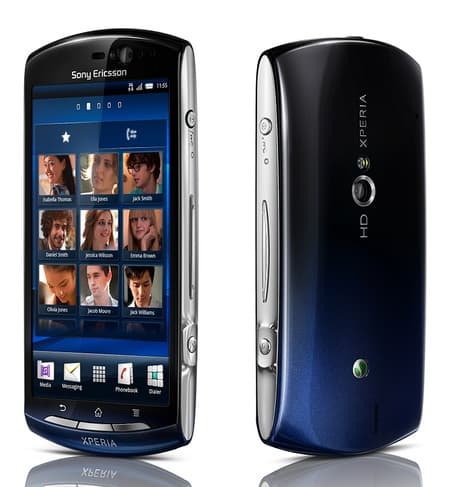
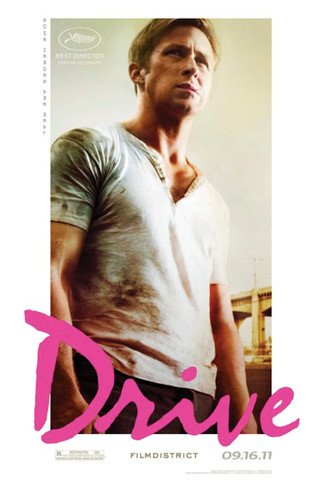
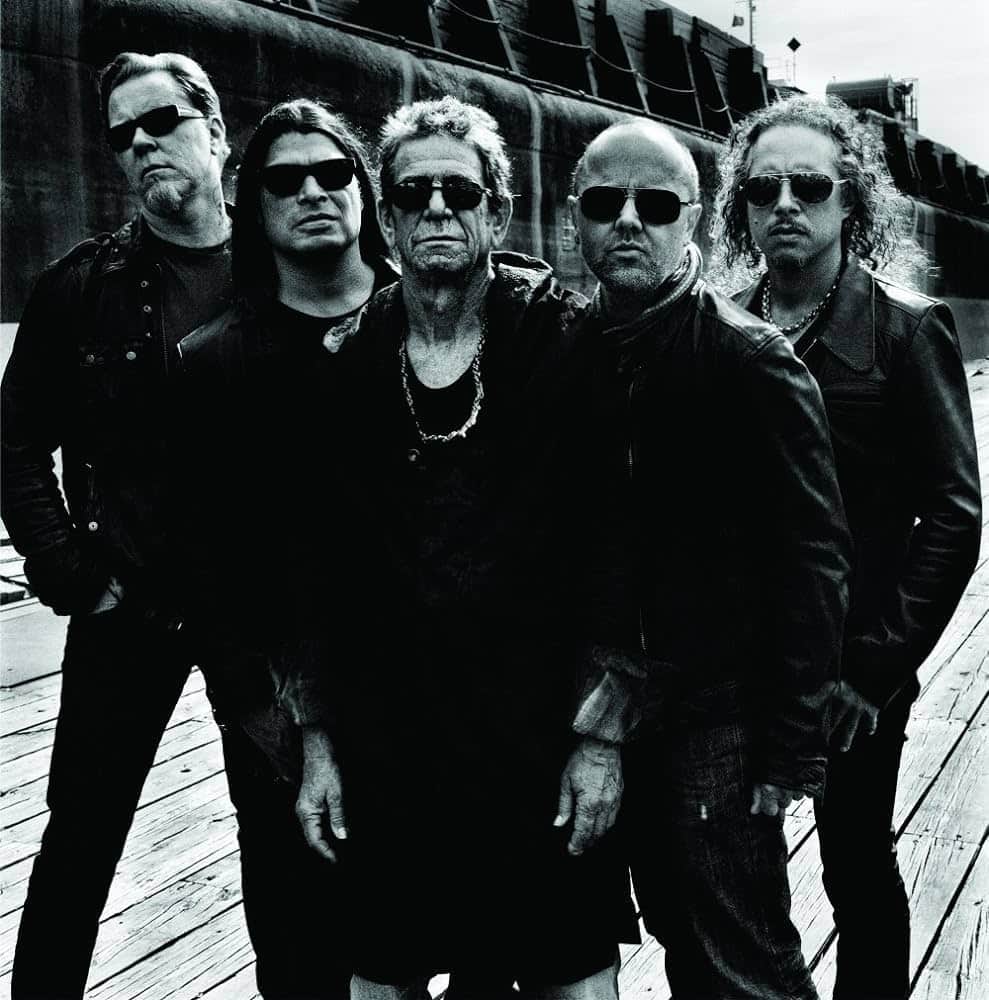
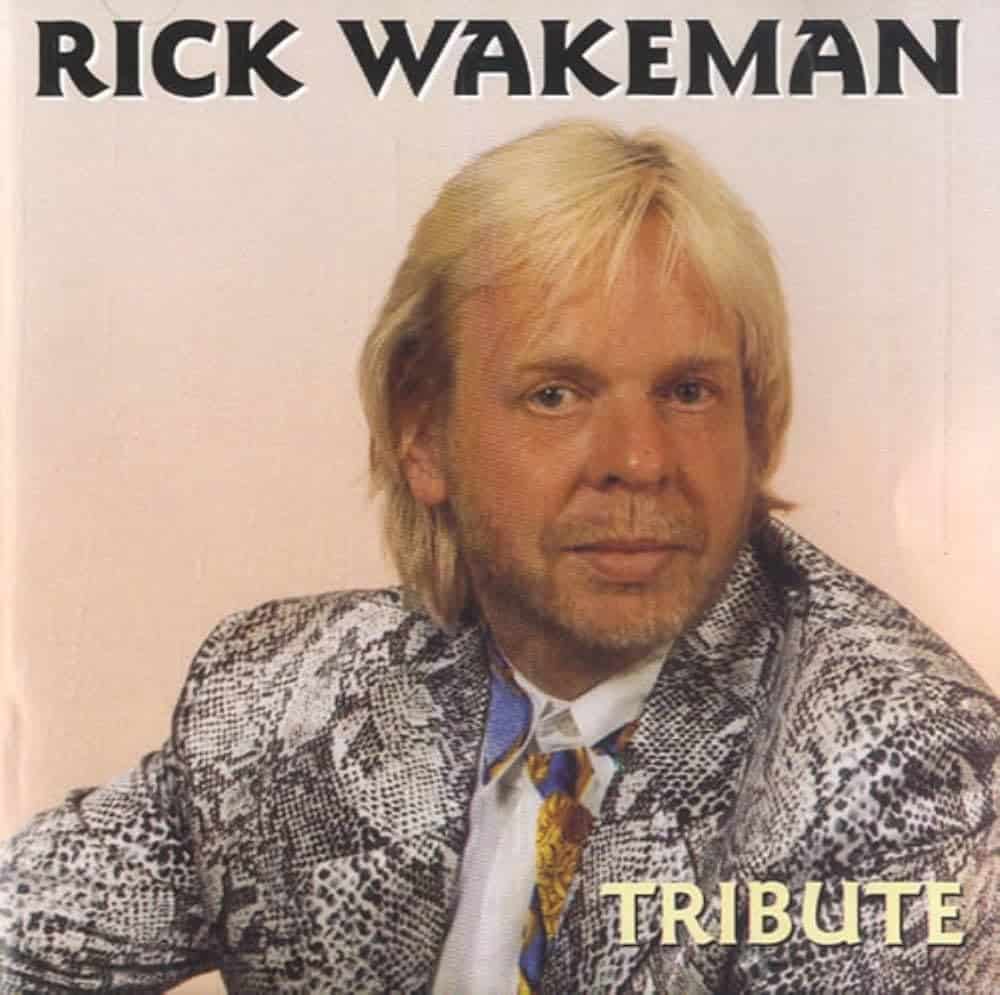
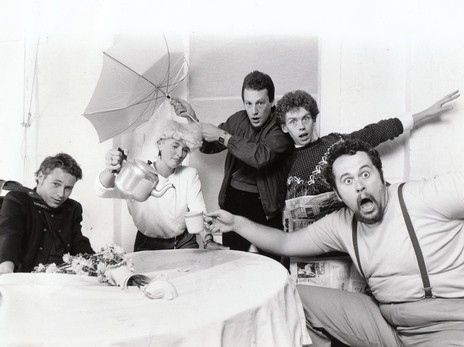

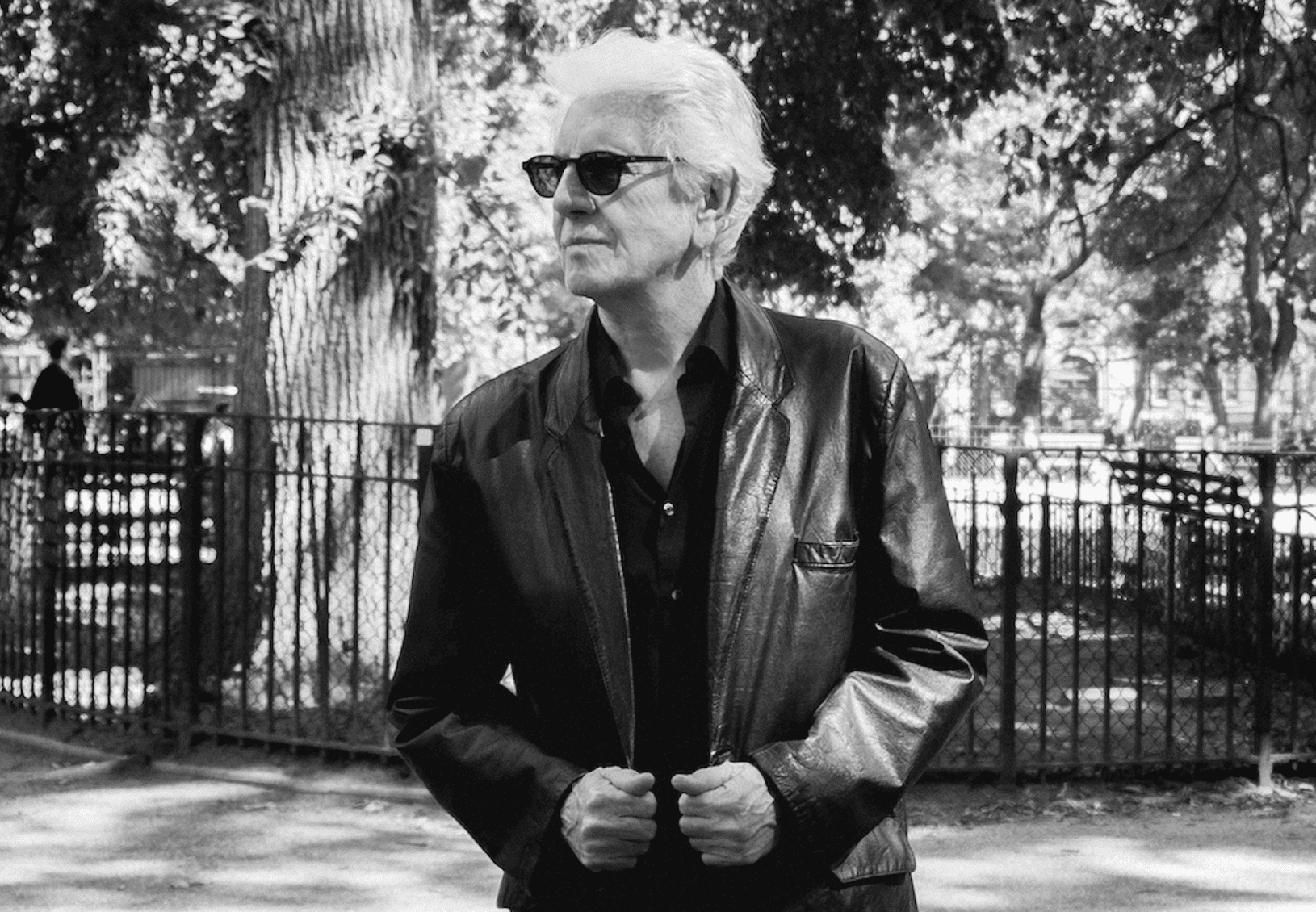

I’m a low-output MC user. But I find that this is an MM-only phonostage designed to feed into 47 k?. The reviewer should have told readers about this right at the beginning of his article so that he didn’t waste the time of people like me who won’t be using this item. He should also quote the gain of the phonostage so that MM users can compare it with the opposition. Technical details in reviews are not necessarily the whole story, but in this case some would have been justified.
Hi Gary,
Good review. Out of interest, what Rotel pre amp do you use with the onboard phono stage? I have a Rotel RC1070 and have thought of using an external phono stage with step up transformers for my low output MC Cartridges, so I was interested to read your review and see if the Rotel phono stage you mention, is the same as mine.
Cheers,
You are in New Zealand?
Yes, Christin, Witchdoctor is New Zealand’s ‘Technology Authority’, according to its masthead.